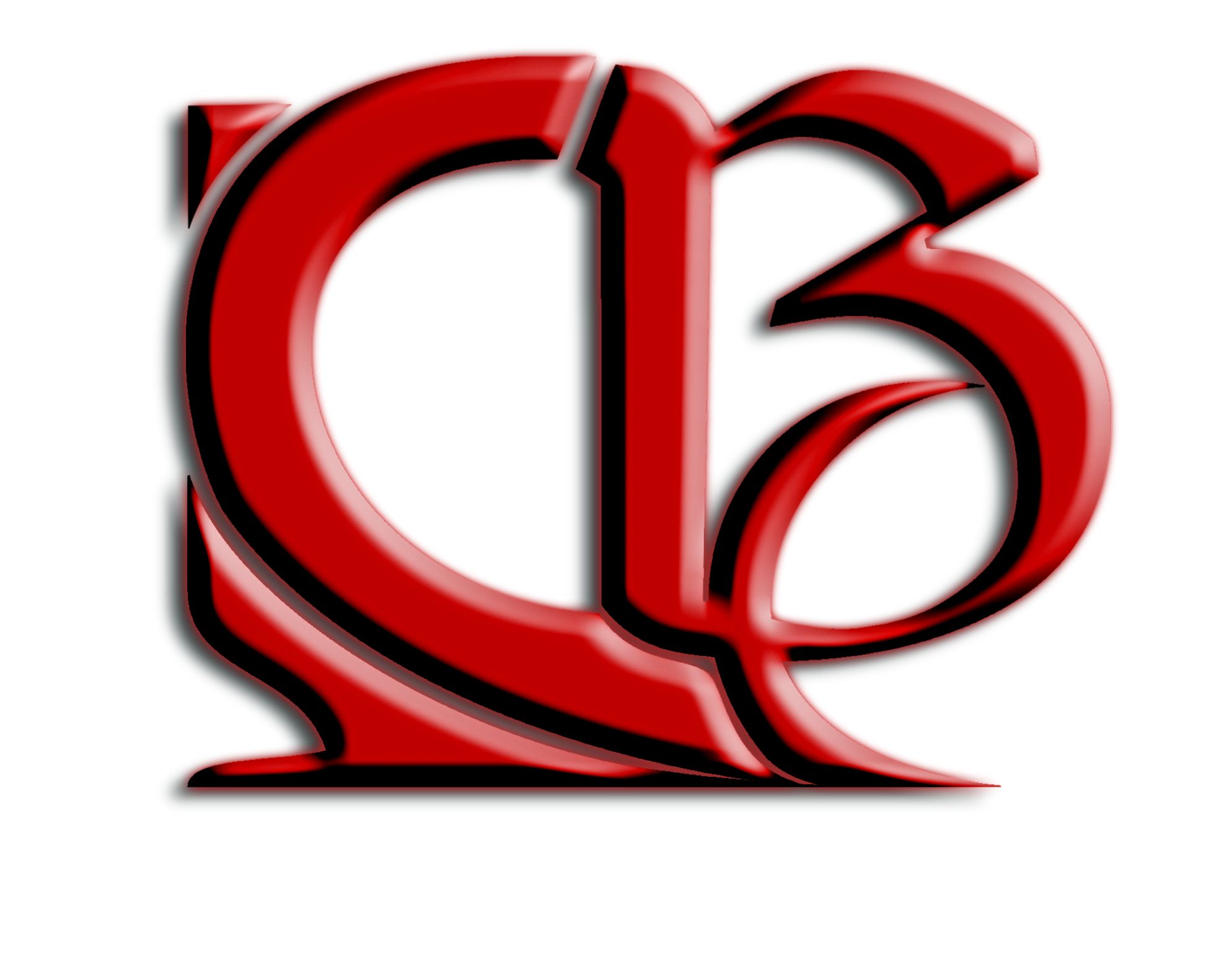The journey of investing can either be taken individually or through other people (qualified) or entities that specialize in offering investment services. This journey demands your time, effort, skill and a certain level of sophistication in order to navigate it with minimum hazards (losses). For those who can’t embark on this journey alone they can do this through investment funds.
An investment fund pools the money of a number of investors and uses it to hold a wide range of shares, bonds and/or other assets. Even small amounts of money placed into such funds can be spread across a wide variety of shares or other assets. This way of investing enables investors to spread risks by investing in shares and other assets, such as bonds and real estate.
When considering investing in a fund you need to know the types of assets (stock/ shares, bonds, real estate) the fund holds and in what proportions, the fees they charge, the risk you are prepared to take etc. This is because your investment, however small, will hold these assets in equivalent proportions.
As an individual investor you do not make decisions about how a fund’s assets should be invested, a fund manager oversees the fund and decides which securities it should hold, in what quantities and when the securities should be bought and sold. You can periodically check how the fund is doing or you get these updates from the fund manager upon request.
Investment funds come in many forms, including:
- Unit trusts: this is an arrangement whereby trustees hold shares and/or other assets on behalf of investors and a management company makes decisions about what and when to buy and sell. Investors hold units in the unit trust and the value of the units directly reflects the value of the underlying assets in the fund. When you invest through a unit trust you get to own shares in a number of companies in various sectors which you not otherwise afford to buy when you decide to invest alone. Unit trusts are the most common investment funds in Zimbabwe. Different unit trust companies have different funds they manage in order to suite different investors. What is common in all these unit trusts is that they invest in stocks, money market, bonds, and properties. Performance of each fund is determined by the fund manager’s investment decision with regards to the portfolio mix.
The proportions held will also determine the risk profile of the fund. The example below shows a typical portfolio mix by a fund
| Fund 1 | Fund 2 | Fund 3 | |
| Bonds | 76% | 50% | 25% |
| Shares | 14% | 35% | 60% |
| Property | 10% | 15% | 15% |
| Typical Classification | Low-risk | Medium-risk | High-risk |
Fund number 3 has high risk because 60% of investor’s funds have been put in shares of listed companies. As you recall share prices are very volatile as compared to bonds (making fund 1 low risk)
- Open-ended mutual funds: these are very similar to unit trusts but are structured as companies rather than trusts. These funds issue new shares as investors add money to the pool, and retire shares as investors redeem. These funds are priced just once at the end of the trading day. For example when the price for each unit is $0.055 in a money market fund and you have $10 000 that you want to invest in the money market fund you will own 181 818 units in the fund. The value of your investment will depend on the changes in the price of each unit.
- Investment trusts: these are companies that are quoted and traded on the stock market. The purpose of an investment trust company is to run an investment fund. Investors buy shares in the company. The price of the shares reflects both the value of the assets in the underlying fund (called the ‘net asset value’ or NAV) and the balance between investors buying and selling the shares on the stock market.
Before making a decision on which type of fund to put your money into you must shop around the different unit trust companies or asset management comapnies where you sit down with a fund manager or an investment officer who will go through all the funds they have giving you the advantages of each fund and make an assessment of your risk profile and advise a fund where you should or where they will invest your money.
- Life insurance funds: some types of life insurance can be used as investments. The investor pays in regular premiums or a single lump sum premium, and the policy builds up a cash value that may be drawn out either as a lump sum or as a stream of income payments.
- Pension funds: Contributions may be invested in one or more underlying funds. The value of the pension scheme depends on the performance of those funds.
Life and pension policies are common with people who are formally employed as most companies make these two policies compulsory or part of the employment contract. For those that are self-employed you are encouraged to invest in these two funds for your future needs and for your loved ones after you are gone.
